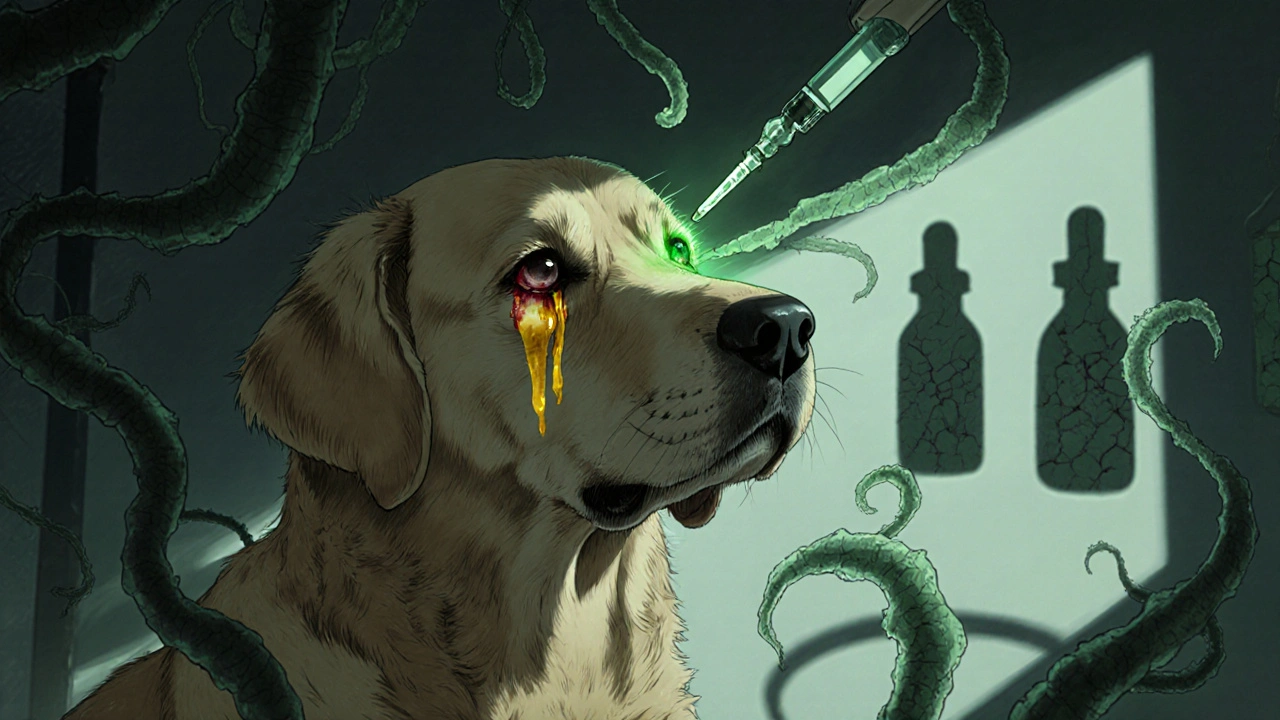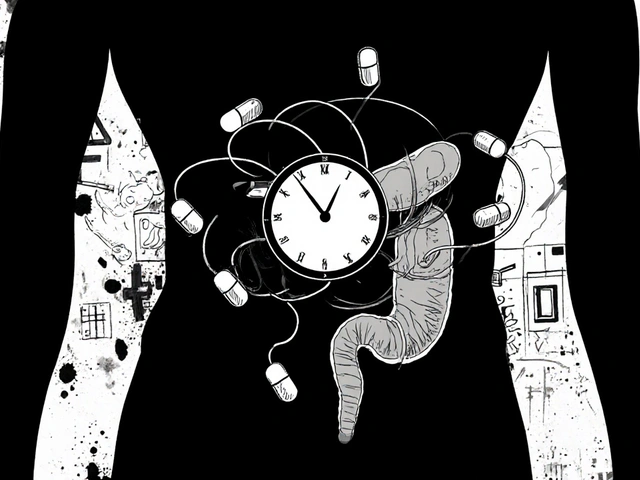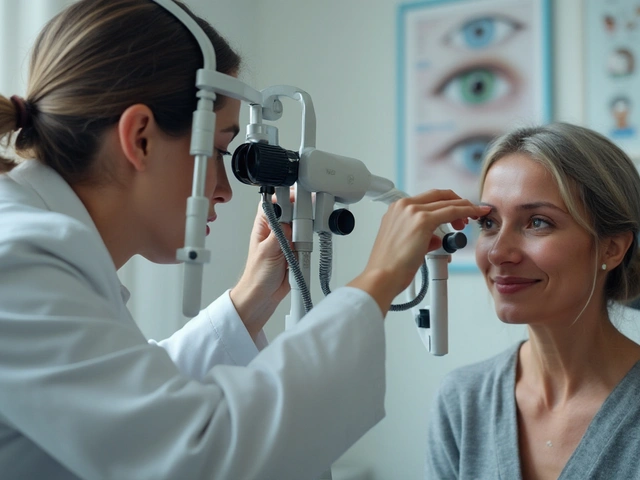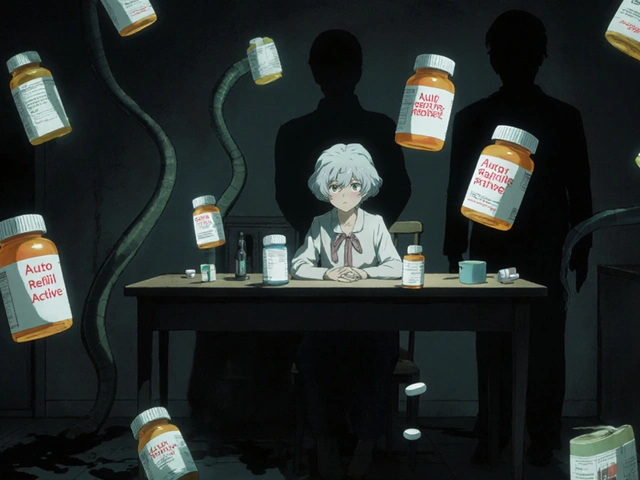Dog Eye Infection: Signs, Causes, and Treatments You Need to Know
When your dog squints, rubs their eye, or has sticky discharge, it’s often a sign of a dog eye infection, a common condition in dogs caused by bacteria, viruses, allergies, or foreign objects irritating the eye. Also known as canine conjunctivitis, it’s not just annoying—it can lead to serious damage if ignored. Unlike human eye infections, dog eye issues often come with visible clues: redness around the eyelids, swelling, excessive tearing, or a thick yellow-green gunk that sticks the eyelids shut in the morning.
Canine conjunctivitis, the most frequent type of dog eye infection, can be triggered by environmental irritants like dust, pollen, or smoke, or by underlying conditions like dry eye or eyelid abnormalities. It’s also commonly linked to dog eye discharge, which varies in color and consistency depending on the cause—clear fluid usually means allergies, while pus-like discharge signals bacterial infection. Some dogs get recurrent infections because of breed-specific anatomy, like Pugs or Bulldogs, whose shallow eye sockets make them more prone to irritation. Another key player is dog eye treatment, which ranges from simple saline rinses to prescription antibiotics or anti-inflammatory drops, depending on the root cause. Many pet owners try home remedies like chamomile tea rinses, but those won’t fix a bacterial infection—and delaying proper care can lead to corneal ulcers or even vision loss.
It’s not just about what’s happening in the eye—it’s about what’s going on elsewhere in the body. A dog eye infection can be a symptom of something bigger, like distemper, autoimmune disease, or even a foreign object lodged under the eyelid. That’s why vets often check for nasal discharge, fever, or behavioral changes when diagnosing. Some infections spread from the nose or throat, especially in puppies or older dogs with weaker immune systems. And while over-the-counter human eye drops might seem like a quick fix, they can make things worse—many contain steroids or preservatives that are toxic to dogs.
What you’ll find in the posts below isn’t just a list of remedies. It’s a practical guide to spotting real problems, understanding why certain treatments work (and others don’t), and learning how to prevent repeat infections. You’ll see how medications like fluorometholone—used for uveitis in humans—have parallels in veterinary care, and how antihistamines sometimes help with allergy-driven eye irritation in dogs. You’ll also find warnings about what not to do, like using human antibiotic ointments without vet approval. This isn’t guesswork—it’s real, tested advice from people who’ve been there.

Besifloxacin in Veterinary Medicine: Treating Eye Infections in Dogs, Cats, and Other Pets
Besifloxacin is a powerful antibiotic increasingly used by veterinarians to treat stubborn bacterial eye infections in dogs and cats. Learn how it works, when it’s most effective, and how it compares to other treatments.




